Die Wahl zwischen Park Skis und All-Mountain Skis hängt von deinem Fahrstil und deiner Geländepräferenz ab:
- Park Skis: Entwickelt für Tricks, Sprünge und Terrain-Park-Features. Sie sind leicht, twin-tipped und haben zentrierte Bindungen für Balance bei Spins und Landungen.
- All-Mountain Skis: Entwickelt für Vielseitigkeit auf verschiedenen Untergründen, einschließlich präparierter Pisten, Pulverschnee und Buckelpisten. Sie verfügen über eine Kombination aus Rocker und Camber für Stabilität und Kontrolle.
Schneller Vergleich
| Merkmal | Park-Ski | All-Mountain-Ski |
|---|---|---|
| Am besten geeignet für | Tricks, Sprünge, Rails, Terrain-Parks | Präparierte Pisten, Powder, gemischtes Gelände |
| Design | Twin-Tip, leicht | Rocker/Camber-Mix, breitere Taille |
| Flexibilität | Weich bis mittel für Tricks | Mäßig für Stabilität |
| Bindungsposition | Mittelmontage | Traditionell (leicht nach hinten) |
| Haltbarkeit | Verstärkte Kanten für Rails | Metallschichten für Stärke |
Wenn du Terrainparks liebst, wähle Parkski. Für eine vielseitige Performance am Berg sind All-Mountain-Ski die richtige Wahl.
CARVING-SKI VS ALL-MOUNTAIN-SKI VS PARKSKI | ULTIMATIVE SCHLACHT
Parkski erklärt
Parkski sind für Freestyle-Ski konzipiert und perfekt für Tricks, Sprünge und Railslides. Ihr einzigartiges Design ist auf Terrainparks und urbane Umgebungen abgestimmt, wo Agilität und Haltbarkeit entscheidend sind.
Designmerkmale
Ein herausragendes Merkmal von Parkskiern ist ihr Twin-Tip-Design, das es Skifahrern ermöglicht, mühelos rückwärts (oder "switch") zu fahren – ideal für Freestyle-Tricks. Die Bindungen sind näher zur Mitte montiert, was das Gleichgewicht bei Spins, Railslides und Luftmanövern verbessert.
Die Flexibilität des Skis spielt eine entscheidende Rolle für die Leistung und variiert je nach Schwerpunkt des Skifahrers:
| Flex-Typ | Am besten geeignet für | Eigenschaften |
|---|---|---|
| Weicher Flex | Rails und Jibs | Leichter zu pressen, nachgiebig und ideal zum Buttering |
| Mittlerer Flex | Allround-Park-Einsatz | Eine ausgewogene Performance für Sprünge und Rails |
| Steifer Flex | Große Sprünge | Bietet Stabilität bei großen Airs und stärkeren Kantengriff bei Landungen |
Haltbarkeit ist ein weiterer entscheidender Faktor. Parkskier sind darauf ausgelegt, dem Verschleiß durch Rails, Boxes und andere Parkhindernisse standzuhalten. Zum Beispiel verfügt der 4FRNT Switch über einen Kern aus Aspen und Ahorn, verstärkt mit vier Carbon-Stringern. Diese Kombination sorgt dafür, dass der Ski robust und dennoch reaktionsfreudig bleibt, selbst bei intensiver Nutzung.
Beste Einsatzbereiche
Parkskier fühlen sich in folgenden Szenarien am wohlsten:
- Terrain Parks: Perfekt für Rails, Boxes und andere künstliche Features.
- Jump Lines: Entwickelt für Kickers, Tabletops und große Air-Tricks.
- Urban Skiing: Ideal für kreative Street-Lines und unkonventionelle Hindernisse.
Die Taillenbreite von Parkskiern liegt typischerweise zwischen 85 mm und 105 mm und bietet so eine Balance zwischen Agilität und Stabilität. Schmalere Ski (etwa 80-95 mm) bieten präzise Kontrolle für Sprung-orientierte Fahrer, während breitere Optionen mehr Stabilität für Schienen-Tricks bieten.
Kürzere Skilängen werden oft bevorzugt, da sie das Schwunggewicht reduzieren und Spins sowie schnelle Übergänge flüssiger machen. Zusätzlich verbessern rockerte Spitzen und Enden die Wendigkeit und verhindern, dass die Kanten bei Tricks hängen bleiben, was Skifahrern mehr Selbstvertrauen gibt, ihre Grenzen zu erweitern.
All-Mountain-Ski erklärt
All-Mountain-Ski sind wie das Schweizer Taschenmesser des Skifahrens – sie sind dafür gemacht, präparierte Pisten, leichten Pulverschnee, Waldpassagen und sogar Buckelpisten zu meistern. Diese Vielseitigkeit macht sie zur ersten Wahl für Skifahrer, die mit nur einem Paar Ski verschiedene Geländearten erkunden wollen, ohne ständig die Ausrüstung wechseln zu müssen.
Designmerkmale
Das Design von All-Mountain-Ski findet eine sorgfältige Balance zwischen Leistung und Anpassungsfähigkeit. Sie verfügen über einen Unterfuß-Camber, der auf hartem Schnee einen soliden Kantengriff bietet, während Tip- und Tail-Rocker die Wendigkeit verbessern. Die Taillenbreite liegt typischerweise zwischen 85 mm und 100 mm und bietet einen idealen Kompromiss für Carving auf hartem Untergrund bei gleichzeitig ausreichendem Auftrieb im weichen Schnee.
Hochleistungsmodelle werden mit speziellen Materialien und Konstruktionstechniken gebaut, um ihre Fähigkeiten zu steigern. Hier eine Übersicht:
| Bauteil | Zweck | Gängige Beispiele |
|---|---|---|
| Holzkern | Sorgt für Stabilität und Fundament | Esche, Ahorn |
| Metallschichten | Verbessert den Kantengriff und die Stabilität | Titanal |
| Seitenwandkonstruktion | Verbessert die Kraftübertragung | Volle/teilweise Seitenwangen |
| Rocker-Profil | Passt sich unterschiedlichen Bedingungen an | Tip-/Tail-Rocker |
Nehmen Sie zum Beispiel den Nordica Unleashed 98. Er ist ein Highlight in dieser Kategorie und erhielt von Expertentestern eine Bewertung von 5/5 für seine Geschwindigkeit und Reaktionsfähigkeit. Dieser Ski ist ein Paradebeispiel dafür, wie durchdachtes Design eine gleichbleibende Leistung auf unterschiedlichen Geländen liefern kann.
Geländetypen
All-Mountain-Ski sind so konstruiert, dass sie in verschiedenen Bedingungen glänzen und sind daher bei Skifahrern beliebt, die Abwechslung lieben. Sie performen gut in:
- Präparierte Pisten: Perfekt für glatte, präzise Carving-Schwünge.
- Variable Bedingungen: Bewältige unruhigen Schnee und Bruchharsch mit Selbstvertrauen.
- Leichter Pulverschnee: Bieten genau genug Auftrieb, um frischen Schnee zu genießen.
- Bäume und Buckel: Navigiere technische, enge Passagen mühelos.
Bei richtiger Pflege halten diese Ski zwischen 200 und 300 Tagen auf der Piste. Ihre Konstruktion – oft mit Holzkern und in manchen Fällen Metalllagen – verbindet Haltbarkeit mit einem verspielten, reaktionsfreudigen Fahrgefühl.
Dank ihres durchdachten Designs und ihrer Vielseitigkeit sind All-Mountain-Ski eine ausgezeichnete Wahl für Skifahrer, die ihre Fähigkeiten verbessern und dabei verschiedenste Gelände erkunden möchten.
Design- und Konstruktionsunterschiede
Die Hauptunterschiede zwischen Park-Ski und All-Mountain-Ski liegen in ihren Materialien, Flexmustern und Montagepositionen. Diese Designelemente sind darauf ausgelegt, die Leistung in bestimmten Umgebungen zu optimieren. Park-Ski sind auf Haltbarkeit und Symmetrie ausgelegt und verfügen über dickere, flexiblere Kanten, um wiederholte Schläge auf Rails und Boxen zu überstehen. Ihre Konstruktion findet eine Balance zwischen Leichtigkeit und Schlagfestigkeit. All-Mountain-Ski hingegen setzen auf Vielseitigkeit und Stabilität, sodass sie unter verschiedenen Bedingungen gut performen. Unten finden Sie einen direkten Vergleich, der diese Unterschiede hervorhebt.
Technische Spezifikationen im Vergleich
| Merkmal | Park-Ski | All-Mountain-Ski |
|---|---|---|
| Kernmaterial | Holzkern für bessere Stoßdämpfung | Holzkern kombiniert mit Metalllaminat für zusätzliche Stabilität |
| Kantendesign | Verstärkte Kanten für Railschläge | Standardkanten für präzises Carven |
| Montageposition | Echte Zentrierung für gleichmäßiges Gleichgewicht beim Switch-Fahren | Traditionelle Montage, leicht hinter dem echten Zentrum positioniert |
| Konstruktion | Vollständige Seitenwandkonstruktion für Langlebigkeit | Mix aus Seitenwand- und Cap-Konstruktion für Vielseitigkeit |
| Metallintegration | Minimale Metallkomponenten | Titanal-Lagen (~0,5 mm dick) für verbesserte Stabilität |
| Flex-Muster | Symmetrische Flexibilität für gleichbleibende Leistung in beide Richtungen | Variierende Flexibilität entlang des Skis für Anpassungsfähigkeit an verschiedene Bedingungen |
Materialwahl unterstreicht diese Unterschiede weiter. Zum Beispiel enthalten All-Mountain-Ski oft Titanal-Lagen, die die Vibrationsdämpfung und Stabilität verbessern. Im Gegensatz dazu verwenden Park-Ski Aramidfasern zur Stoßabsorption, während Carbonfaser in All-Mountain-Ski die Torsionssteifigkeit und Spurtreue erhöht.
"Leichtigkeit macht einen Ski nicht besser. Beim Versuch, einen leichteren Ski zu bauen, habe ich versehentlich einen Ski geschaffen, der in der Torsion steifer ist und sich leichter drehen und führen lässt."
sbb-itb-17ade95
Leistung auf unterschiedlichem Terrain
Park- und All-Mountain-Ski sind unterschiedlich konstruiert, und dieser Unterschied zeigt sich je nach Gelände.
Auf präparierten Pisten
Auf präparierten Pisten haben All-Mountain-Ski meist die Nase vorn. Ihre steifere Flexibilität sorgt für bessere Stabilität bei hohen Geschwindigkeiten und macht sie ideal für sanftes, präzises Carven. Park-Ski hingegen – mit weicherer Flex und mittiger Bindungsposition – sind verspielter, aber weniger stabil, wenn du den Hang hinunterrast. Dennoch haben Park-Ski mit Camber-Profilen ordentlich Power und Präzision, besonders beim Bewältigen von Terrain-Park-Features.
Im Pulverschnee
Pulverschnee ist das Terrain, in dem All-Mountain-Ski wirklich glänzen. Ihre breitere Taillenbreite hilft ihnen, im Tiefschnee "zu schweben" und hält dich kontrolliert und stabil. Park-Ski, die schmaler und auf Agilität ausgelegt sind, neigen dazu, im Pulverschnee einzusinken. Obwohl erfahrene Skifahrer mit Park-Ski im Pulverschnee zurechtkommen können, erfordert das viel mehr Aufwand und einige Technik-Anpassungen, um flüssig in Bewegung zu bleiben.
In Terrainparks
Terrainparks sind der Spielplatz für Park-Ski, und ihr Design ist genau dafür gemacht. Darum dominieren sie in diesem Umfeld:
| Merkmal | Wie es im Park hilft |
|---|---|
| Twin-Tip-Design | Ermöglicht einfaches Fahren im Switch (rückwärts) |
| Verstärkte Kanten | Hält dem Verschleiß von Rails und Boxen stand |
| Zentraler Bindungsstand | Verbessert Balance und Spin-Kontrolle |
| Geringeres Gewicht | Erleichtert Lufttricks |
| Weicherer Flex | Dämpft Landungen und verbessert das Gleiten |
Während All-Mountain-Ski gelegentliche Parkeinheiten bewältigen können, sind sie nicht für die fortgeschrittenen Tricks und Features gebaut, auf die Park-Ski ausgelegt sind. Für das Parkfahren werden oft kürzere Ski – etwa Kinnhöhe – bevorzugt, da sie bei Spins und anderen Tricks leichter zu kontrollieren sind.
Die richtigen Ski auswählen
Nachdem wir die Design- und Leistungsunterschiede erkundet haben, fassen wir die wichtigsten Vorteile zusammen, um dir bei der Entscheidung zwischen Park-Ski und All-Mountain-Ski zu helfen.
Vorteile von Park-Ski
Park-Ski sind speziell für Freestyle-Skifahrer gemacht, die in Terrainparks auf Tricks, Sprünge und Kreativität setzen. Ihre einzigartigen Eigenschaften sind auf diesen Fahrstil abgestimmt:
| Merkmal | Warum es für Parkfahrten wichtig ist |
|---|---|
| Kürzere Länge (Kinnhöhe) | Erleichtert Spins und schnelle Übergänge |
| Twin-Tip-Design | Perfekt für das Fahren und Landen von Tricks rückwärts (switch) |
| Mittig montierte Bindungen | Bietet besseren Halt bei Spins und Sprüngen |
| Verstärkte Kanten | Hält den Belastungen von Rails und Boxen stand, ohne schnell abzunutzen |
| Leichtere Konstruktion | Erleichtert die Kontrolle bei Lufttricks |
Für Anfänger bietet ein weicherer Flex Nachsicht und einfachere Handhabung. Fortgeschrittene Fahrer tendieren hingegen oft zu steiferen Setups für mehr Stabilität und Präzision.
Wenn dein Skifahren ganz auf Tricks und das Beherrschen des Terrainparks ausgerichtet ist, sind diese Ski deine erste Wahl. Wenn du aber gerne über den Park hinaus unterwegs bist, könnten All-Mountain-Ski besser passen.
Vorteile von All-Mountain-Ski
All-Mountain-Ski sind die Alleskönner, entwickelt für Vielseitigkeit auf verschiedenen Terrains. Ob du auf präparierten Pisten carvest oder natürlichen Schnee meisterst, diese Ski sind für dich da:
| Charakteristik | Wie es die Leistung verbessert |
|---|---|
| Moderate Flexibilität | Balanciert die Reaktionsfähigkeit bei unterschiedlichen Schneebedingungen |
| 90–100mm Breite | Findet die Balance zwischen Kantengriff und Auftrieb |
| Gemischter Rocker/Camber | Passt sich gut sowohl präparierten Pisten als auch Gelände abseits der Piste an |
| 15–22m Kurvenradius | Unterstützt eine Vielzahl von Kurvenformen und Geschwindigkeiten (ca. 15–22 m) |
Diese Ski sind ideal, wenn du deine Zeit zwischen präparierten Pisten und Off-Piste-Abenteuern aufteilst. Sie sind auch perfekt für Skifahrer, die ein einziges Paar suchen, das die meisten Bedingungen meistert und gleichzeitig hilft, ihre Fähigkeiten zu verbessern. Für Anfänger sind Modelle mit nachgiebigem Design eine kluge Wahl, während erfahrene Skifahrer eher Optionen bevorzugen, die aggressivere Leistung bieten.
Egal, ob du den Park unsicher machst oder die Berge erkundest – die richtigen Ski können dein Erlebnis entscheidend verbessern.
Snowfeet Skiblades Option
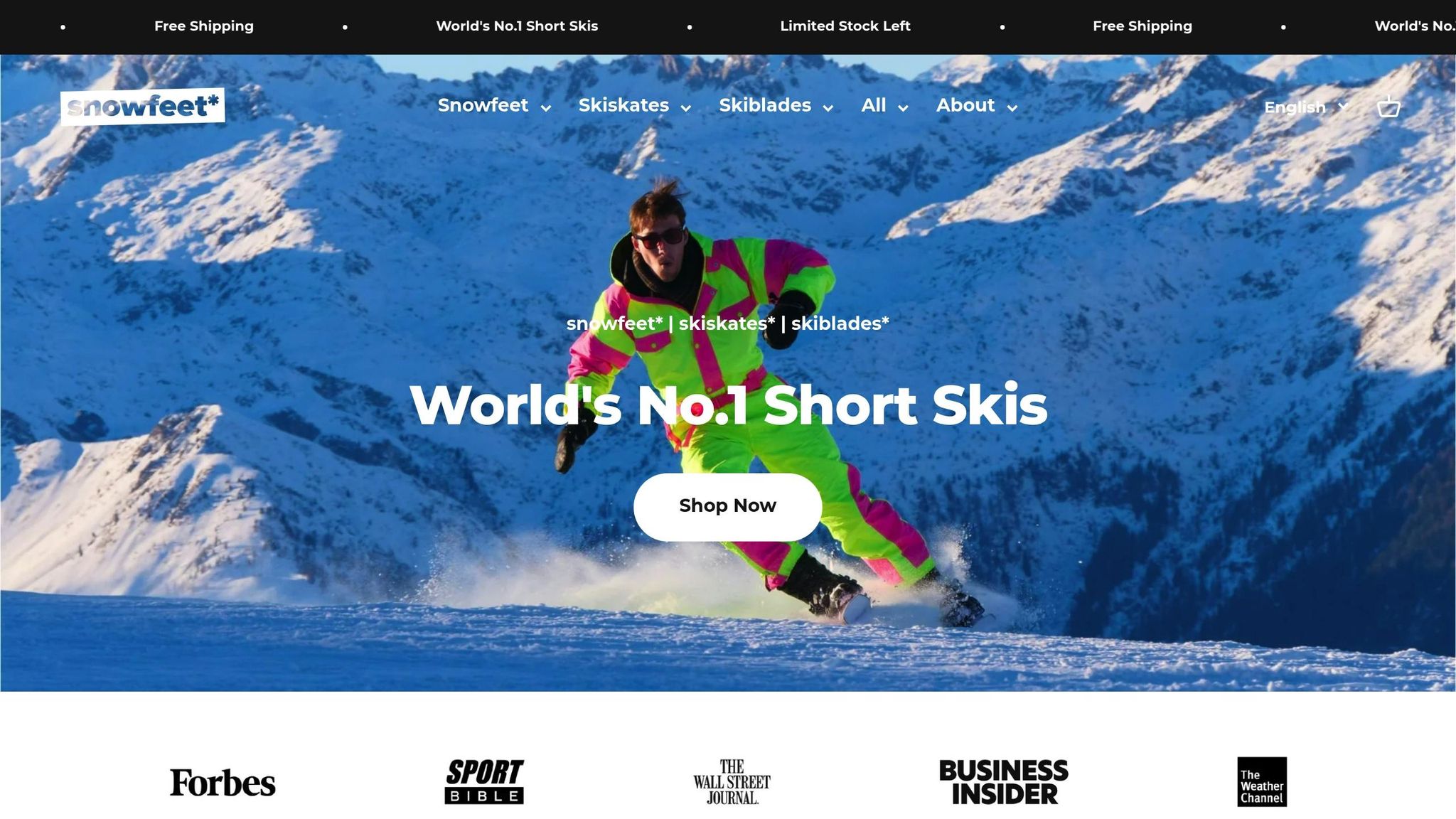
Nach dem Eintauchen in Park- und All-Mountain-Ski werfen wir einen genaueren Blick auf etwas, das das Beste aus beiden Welten vereint. Während Ski von Marken wie Rosignol, Atomic und Head sich auf bestimmte Stile konzentrieren, bieten Snowfeet Skiblades eine frische Perspektive, indem sie die Anpassungsfähigkeit von All-Mountain-Ski mit der schnellen Wendigkeit von Park-Ski kombinieren.
Skiblade Grundlagen
Snowfeet Skiblades gibt es in zwei Längen – 65 cm und 99 cm – entwickelt, um Freestyle-Präzision mit Vielseitigkeit im Gelände zu verbinden. Ein besonderes Merkmal? Sie funktionieren mit normalen Winterstiefeln oder Snowboardboots, sodass keine speziellen Skischuhe nötig sind. Hier ein kurzer Vergleich der beiden Modelle:
| Merkmal | 65 CM Modell | 99 CM Modell |
|---|---|---|
| Am besten geeignet für | Anfänger, Railslides, kleine Sprünge | Fortgeschrittene Fahrer, größere Sprünge, höhere Geschwindigkeiten |
| Startpreis | $450 | $490 |
| Nutzerbewertung | 5,0/5 (96 Bewertungen) | 5,0/5 (96 Bewertungen) |
| Geländetyp | Parks, präparierte Pisten | Parks, Powder, abwechslungsreiches Gelände |
Snowfeet Eigenschaften
Diese Skiblades sind aus glasfaserverstärkten Materialien und mit Metallkanten gefertigt, sodass sie den Standards von Skigebieten entsprechen und ein professionelles Fahrgefühl bieten. Ihr leichtes Design und die Kompatibilität mit Standard-Winterschuhen (US-Größen 6–13 / EU-Größen 38–47) machen sie einfach zu tragen und bequem in der Anwendung.
"Mit diesen kleinen Skiern fühlt man sich viel agiler, schneller und vor allem – komfortabel. Keine Schnallen, keine schweren Stiefel – einfach anschnallen und losfahren."
– Jakub F
Das macht sie besonders:
- Portabilität: Kompakt genug, um in einen Rucksack zu passen.
- Vielseitigkeit: Perfekt für Abfahrten, Parktricks und sogar Wanderwege.
- Leistung: Metallkanten bieten hervorragende Kontrolle und Präzision.
Mit über 50.000 Fahrern weltweit gewinnen Snowfeet Skiblades stetig eine treue Anhängerschaft. Richtige Pflege, wie regelmäßiges Wachsen, hält sie in Topform und verhindert Schneebildung.
"Es ist wirklich das Beste aus beiden Welten. Komfort für unsere Füße und trotzdem Skifahren... Schön mobil, bequem und es macht wirklich viel Spaß, ich kann sie jedem ernsthaft empfehlen."
– Niels Staal
Ob Sie nun Nervenkitzel im Park suchen oder abwechslungsreiches Gelände erkunden – Snowfeet Skiblades bieten eine kompakte und vielseitige Lösung, die Wendigkeit, Komfort und Spaß in einem Paket vereint.
Fazit
Die Wahl der richtigen Ski hängt von Ihrem Fahrstil und dem Gelände ab, das Sie befahren möchten. All-Mountain-Ski sind eine solide Wahl, da sie vielfältige Bedingungen meistern können. Mit einem Directional-Design und sorgfältig platzierten Bindungen bieten sie Stabilität und Kontrolle auf verschiedenen Untergründen.
Wenn Sie vom Terrainpark angezogen werden, sind Parkskier die richtige Wahl. Ihr Twin-Tip-Design, die mittig angebrachten Bindungen, das leichte Gewicht und die weichere Flexibilität machen sie perfekt für Sprünge, Tricks und Drehungen. Außerdem sind ihre verstärkten Kanten und robusten Beläge darauf ausgelegt, den Belastungen des Parkfahrens standzuhalten.
Für etwas anderes bieten Snowfeet Skiblades eine kompakte und vielseitige Alternative. Diese kürzeren Ski verbinden die Wendigkeit von Parkskiern mit der Anpassungsfähigkeit von All-Mountain-Optionen. Das 65-cm-Modell ist ideal für Anfänger oder entspannte Park-Sessions, während die 99-cm-Version fortgeschrittene Skifahrer anspricht, die ein einzigartiges Erlebnis suchen.
Letztendlich sollte Ihre Ausrüstung zu Ihren Skizielen passen. Ob Sie nun im Park große Sprünge machen oder abwechslungsreiches Gelände befahren – die richtige Ausrüstung kann sowohl Ihre Leistung als auch Ihren Spaß steigern. Wenn Sie eine Mittelweg mit zusätzlichem Komfort suchen, könnten Snowfeet Skiblades genau das Richtige sein.
FAQs
Worauf sollte ich achten, wenn ich mich zwischen Parkskiern und All-Mountain-Skiern entscheide?
Wenn Sie sich zwischen Parkskiern und All-Mountain-Skiern entscheiden, hängt alles von Ihrem Fahrstil und davon ab, wo Sie die meiste Zeit am Berg verbringen möchten.
Parkskier sind speziell für Freestyle-Fans gemacht, die Terrainparks lieben und Tricks ausführen wollen. Diese Ski haben Twin Tips, sodass du sowohl vorwärts als auch rückwärts problemlos fahren kannst. Sie sind außerdem meist kürzer, was dir mehr Kontrolle und Agilität für Sprünge, Spins und andere Manöver gibt.
Unterdessen sind all-mountain skis auf Vielseitigkeit ausgelegt. Egal, ob du auf präparierten Pisten cruisst oder leichtes Off-Piste-Gelände erkundest, diese Ski meistern alles. Wenn du ein fortgeschrittener Skifahrer bist oder gerne verschiedene Pisten erkundest, sind all-mountain skis wahrscheinlich die beste Wahl.
Suchst du etwas etwas anderes? Snowfeet Skiblades bieten eine kompakte, tragbare Option, die Elemente von Park- und All-Mountain-Skiing kombiniert. Sie sind eine spaßige und einzigartige Möglichkeit, die Piste abwechslungsreich zu gestalten.
Wie schlagen sich Snowfeet Skiblades im Vergleich zu traditionellen Ski in Sachen Vielseitigkeit und Leistung?
Snowfeet Skiblades sind bekannt für ihren leichten und kompakten Aufbau, was sie zur idealen Wahl für Freestyle-Ski-Enthusiasten macht. Ihr kürzeres Design bietet verbesserte Wendigkeit und Präzision, sodass Skifahrer Tricks ausführen und enge Stellen mühelos meistern können – etwas, das mit traditionellen Ski schwerer zu erreichen ist.
Wenn es um Leistung geht, glänzen Snowfeet Skiblades durch Agilität und bieten ein lebendiges und aufregendes Erlebnis auf der Piste. Sie sind außerdem so konstruiert, dass sie robust genug sind, um den Herausforderungen von Terrainparks standzuhalten, und dabei viel einfacher zu transportieren und zu lagern als vollwertige Ski. Egal, ob du an neuen Tricks arbeitest oder verschiedene Geländearten meisterst, Snowfeet Skiblades verbinden Portabilität und Performance auf eine Weise, die sich von konventionelleren Optionen wie Rossignol oder Atomic Ski abhebt.
Kann ich Parkskier im Powder verwenden, oder sind all-mountain skis für diese Bedingungen besser?
Parkskier sind speziell für Freestyle-Skiing entwickelt und perfekt für Tricks und Terrainparks. Sie zeichnen sich durch ihre Flexibilität, ihr leichtes Design und die Twin Tips aus, die Spins und Sprünge zum Kinderspiel machen. Allerdings sind ihre schmalere Taille und der begrenzte Auftrieb im tiefen Schnee ein Nachteil, weshalb sie für Powder-Tage nicht die beste Wahl sind.
Wenn du Powder oder eine Mischung aus verschiedenen Geländearten meistern möchtest, sind all-mountain skis die richtige Wahl. Diese Ski haben eine breitere Basis, die mehr Stabilität und Kontrolle bietet, egal ob du auf präparierten Pisten carvest, im Powder fährst oder eisige Abschnitte meisterst. Sie sind eine vielseitige Option für Skifahrer, die verschiedene Bedingungen erkunden wollen.

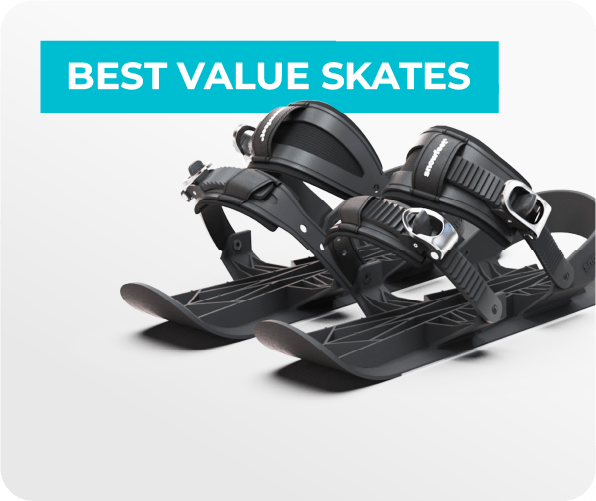
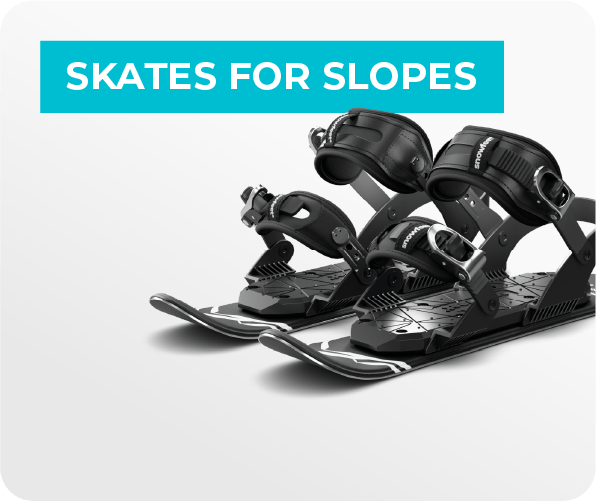
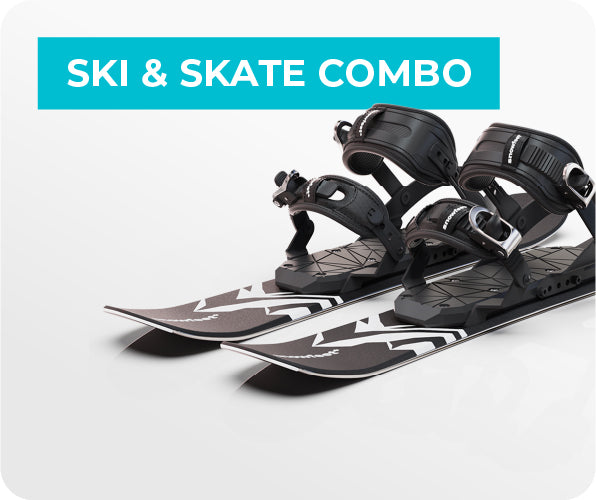
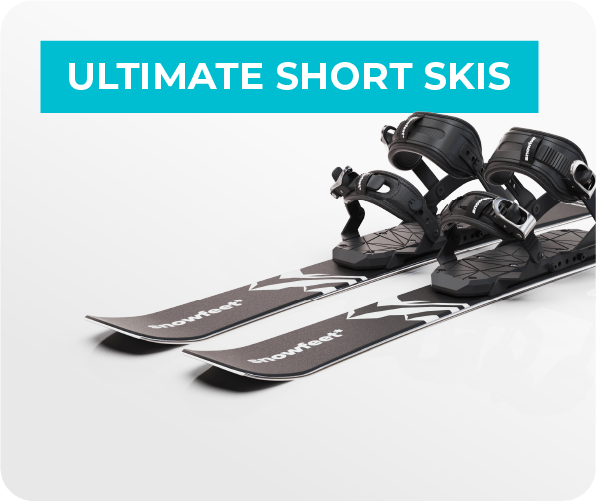
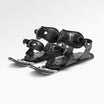
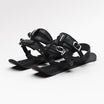
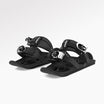
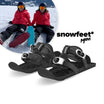
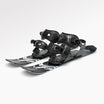
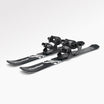
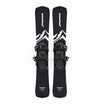
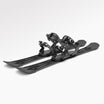
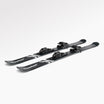
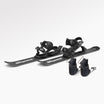
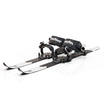
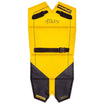
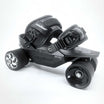

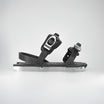
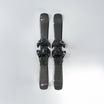
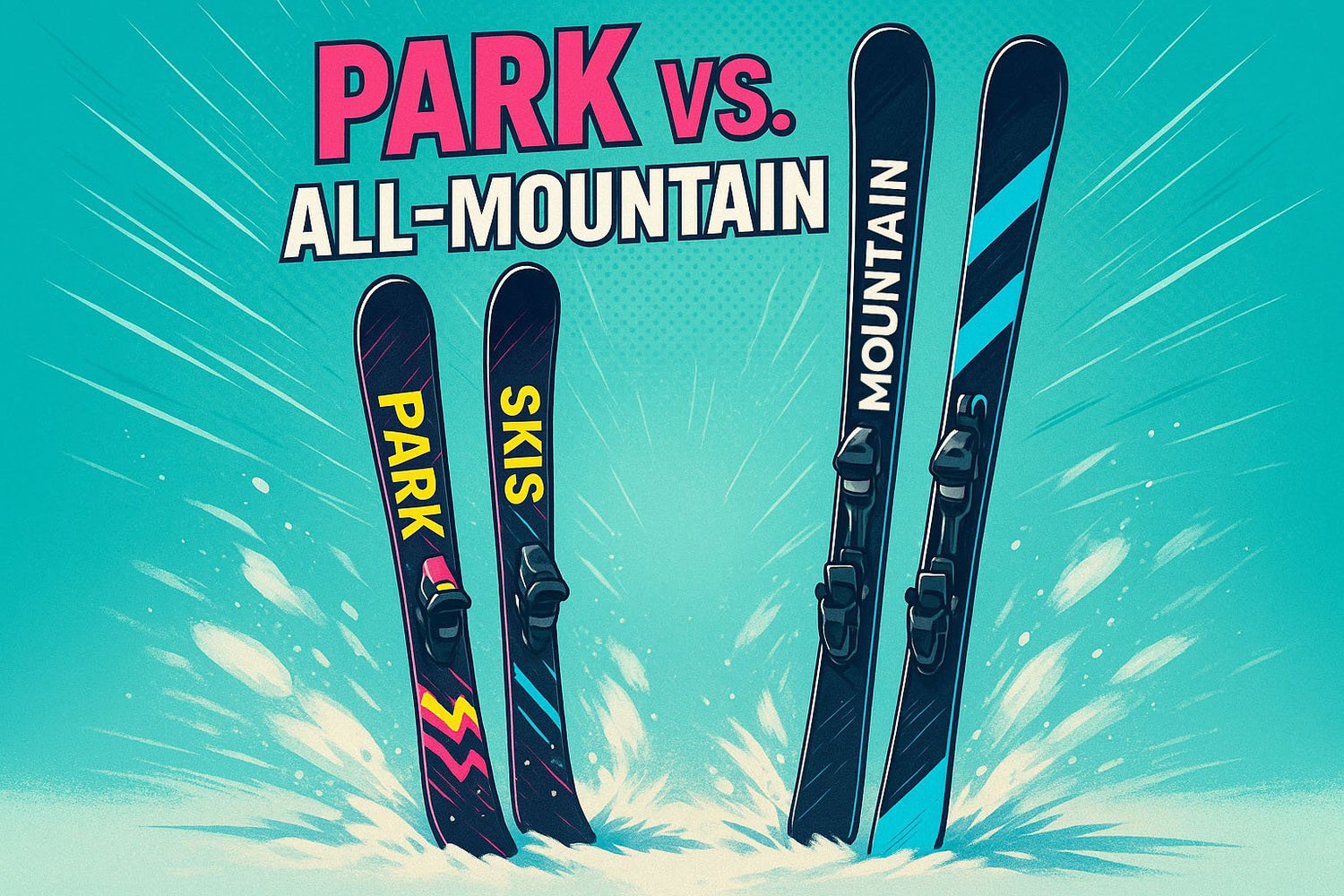
![Ultimate Guide to Park Skis [2025]: Choosing Your Setup](http://www.snowfeetstore.com/cdn/shop/articles/PARK_SKIS_THUMB_a9ee9134-758c-4c56-82e2-39b722e31f70-5199209.jpg?v=1758688802&width=1536)
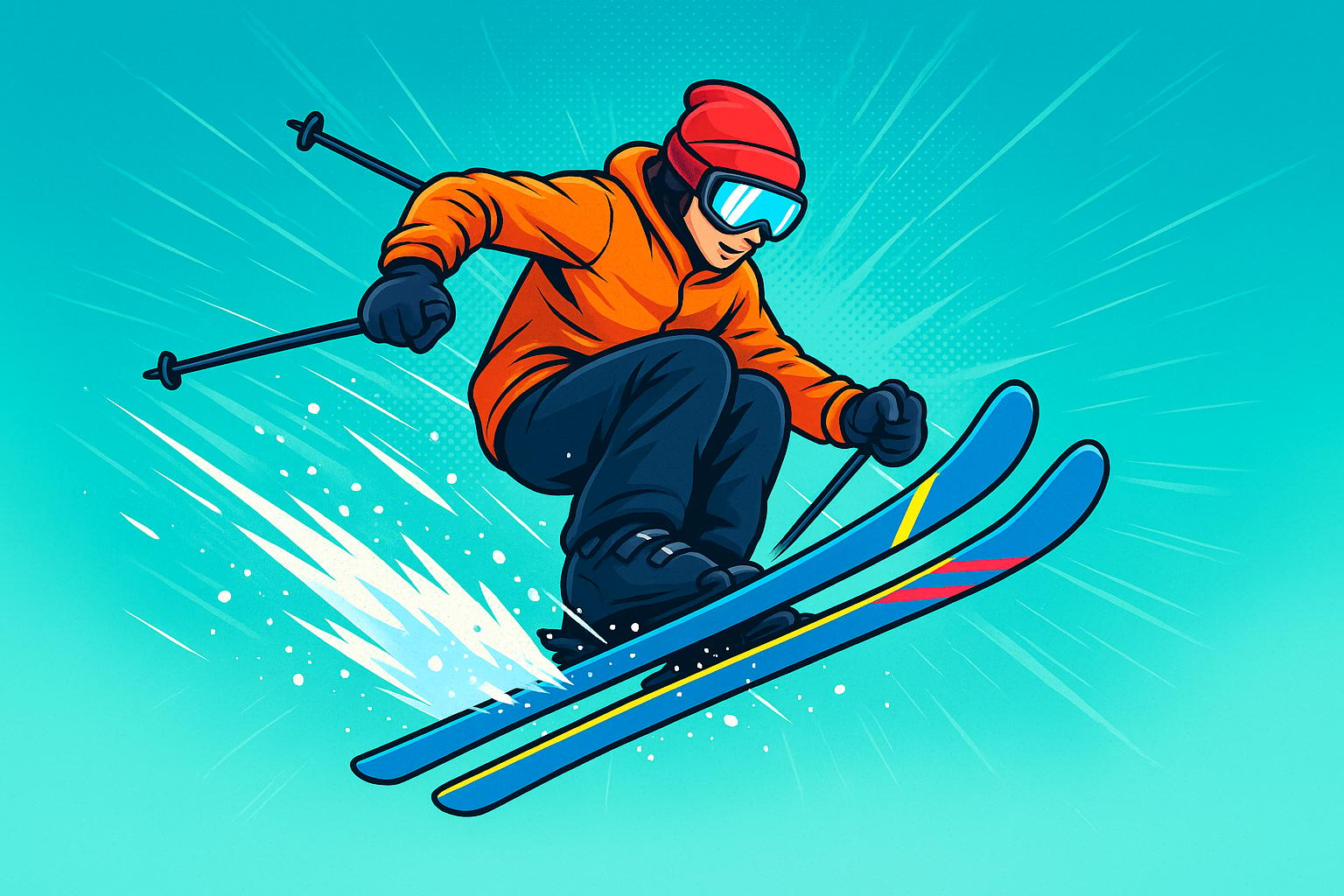
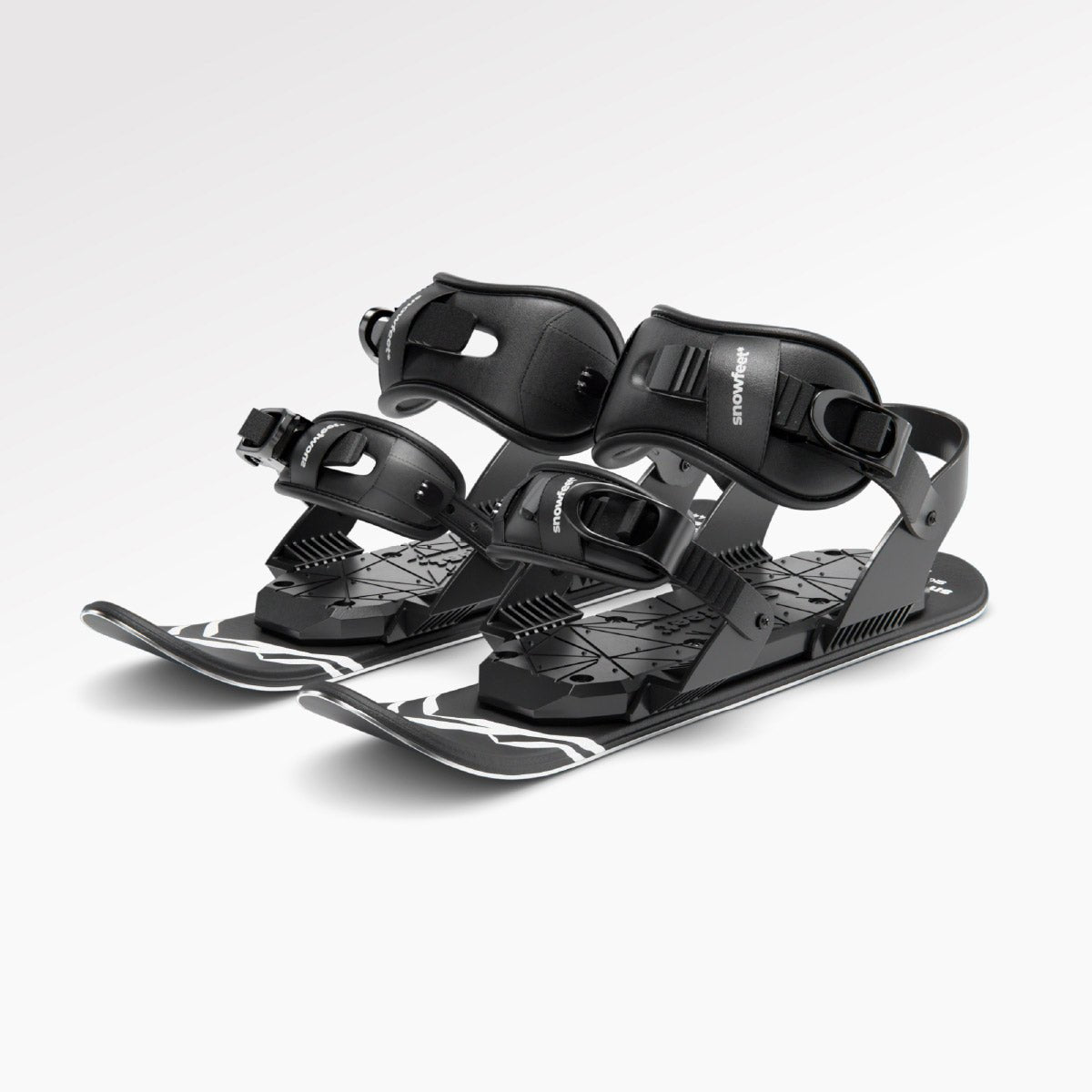
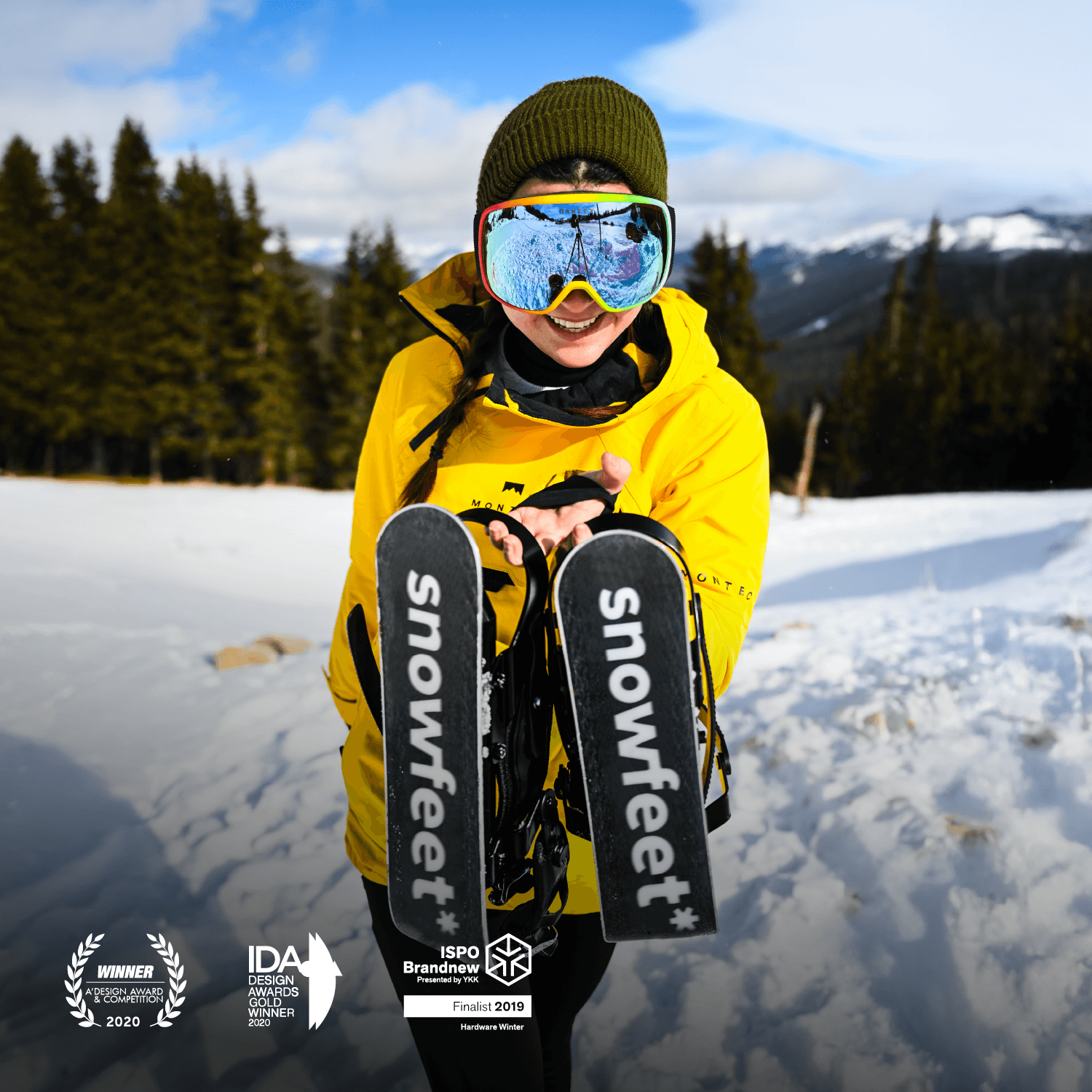
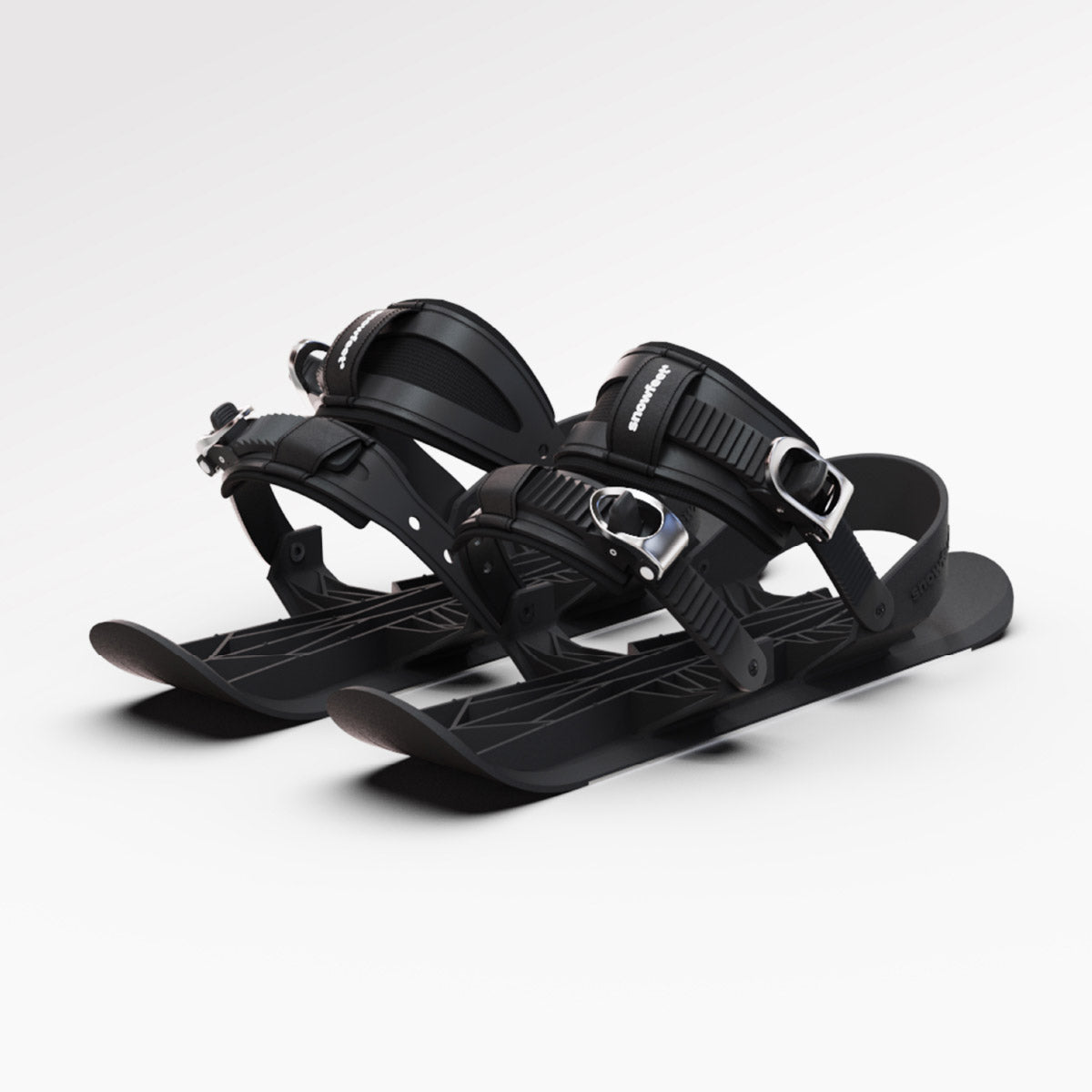
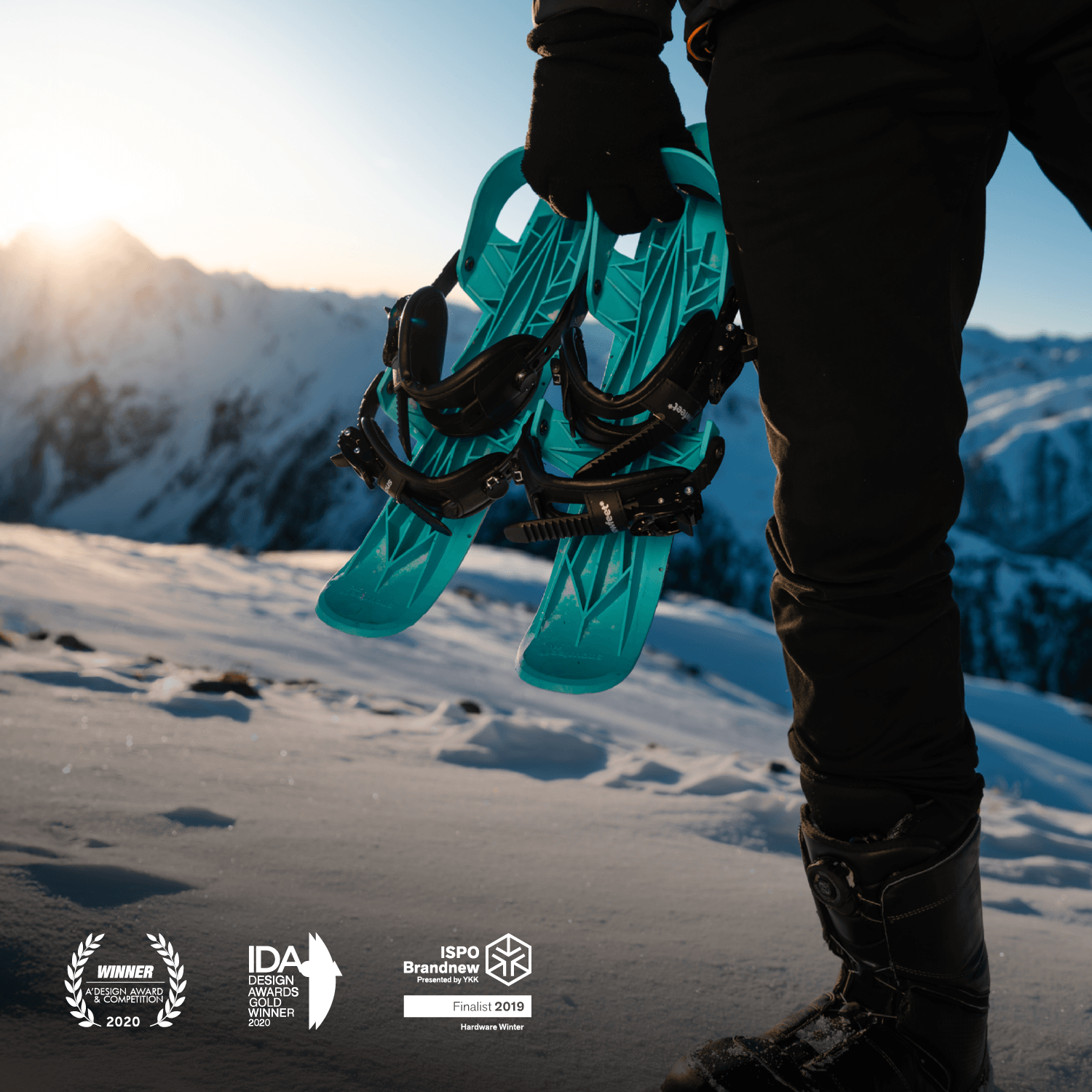
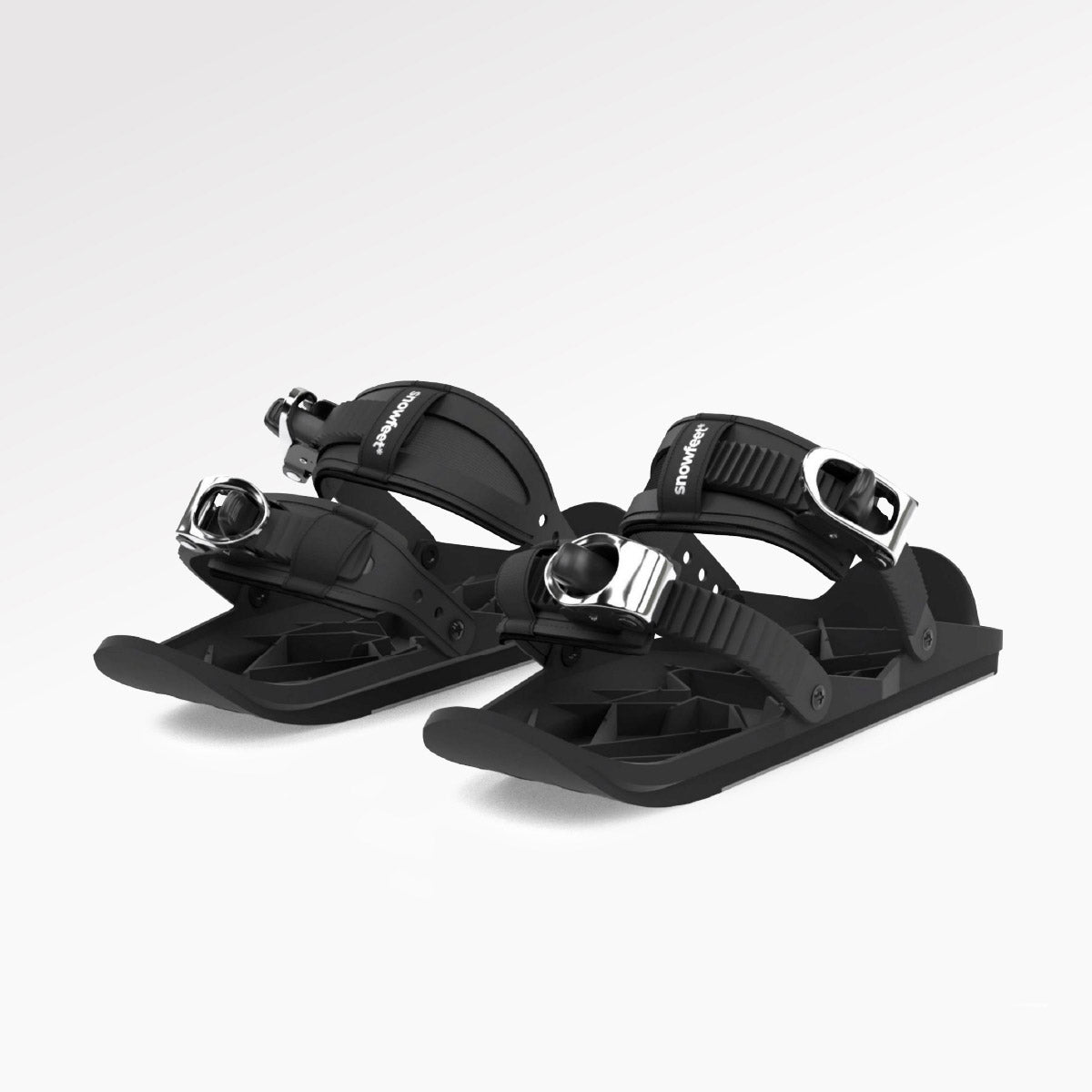
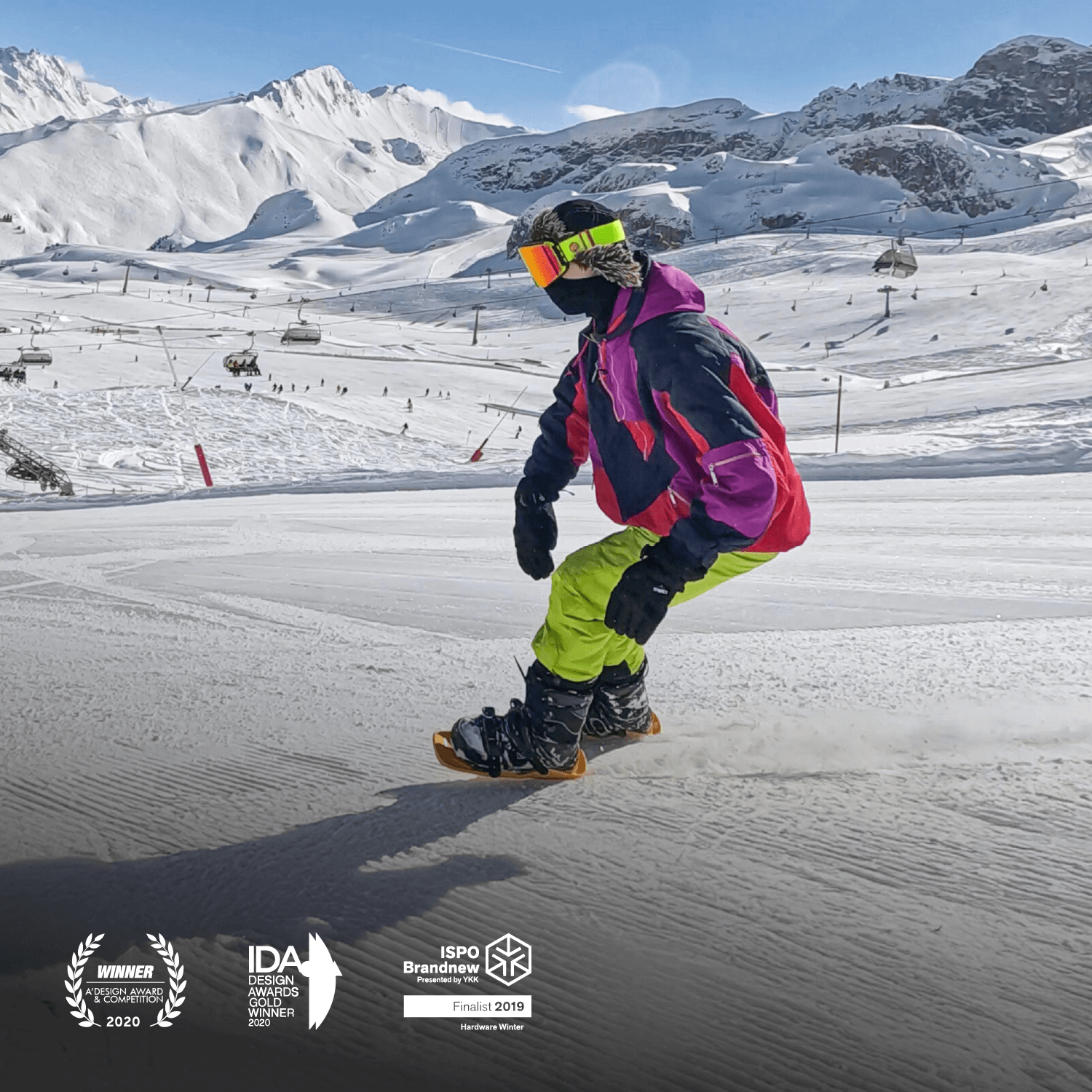
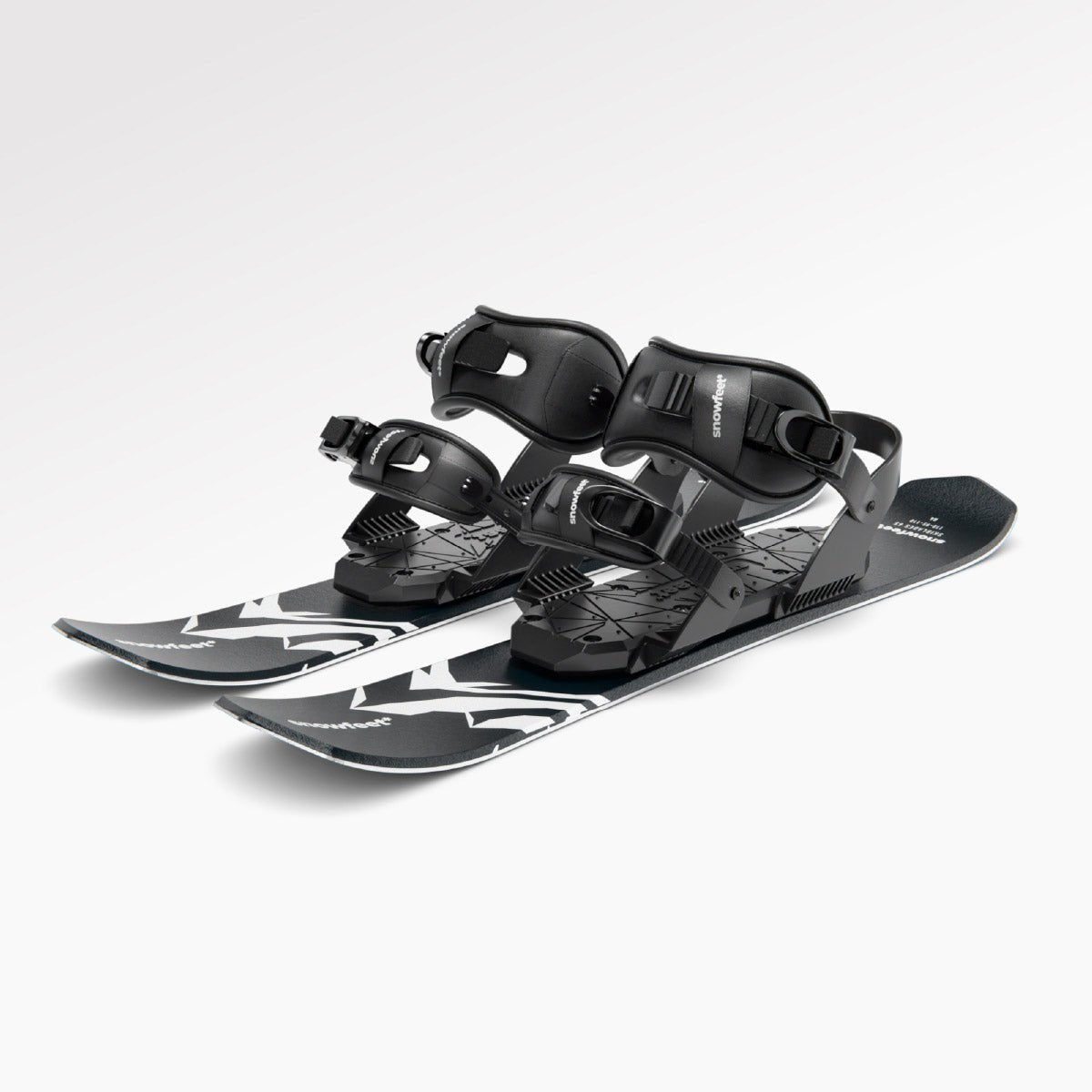
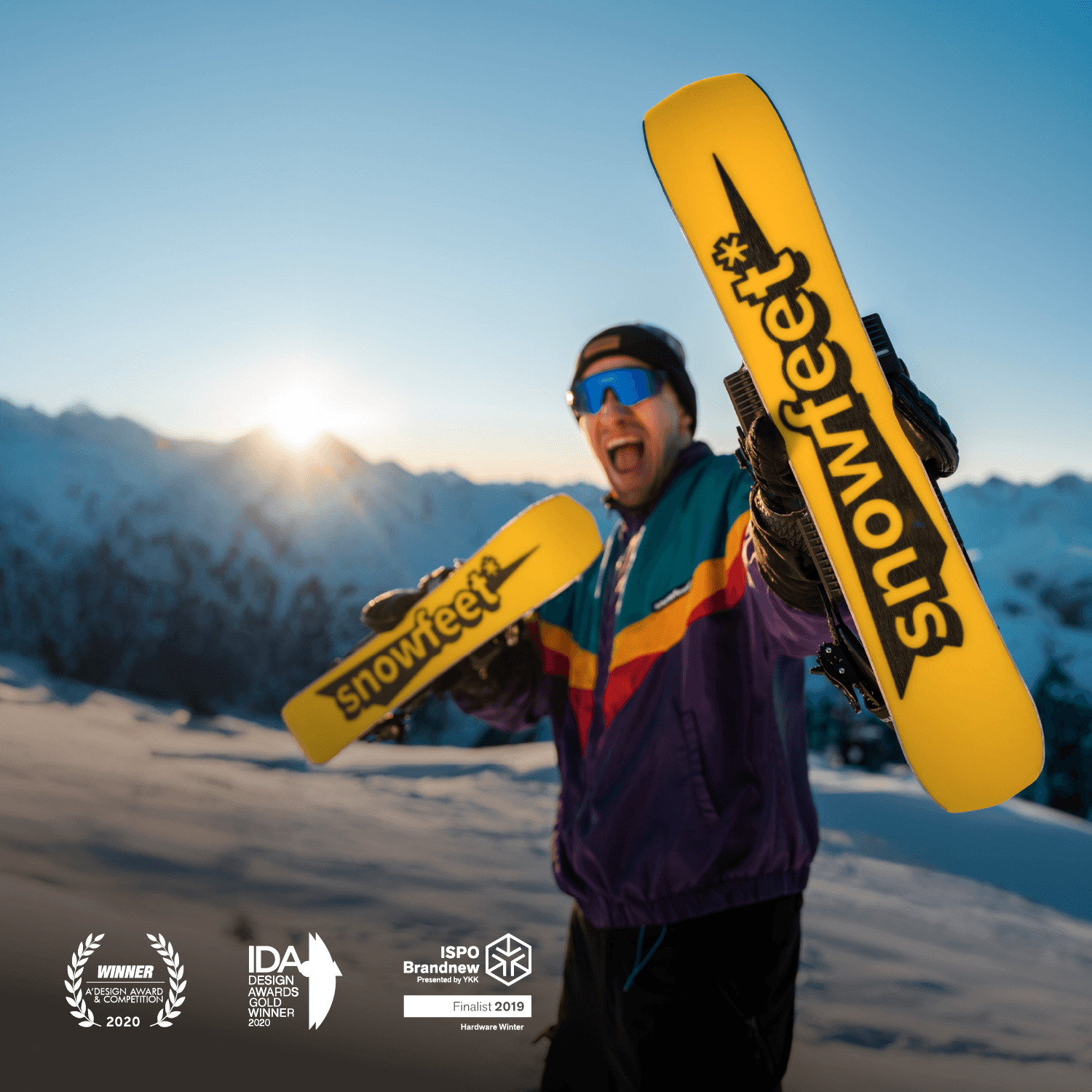
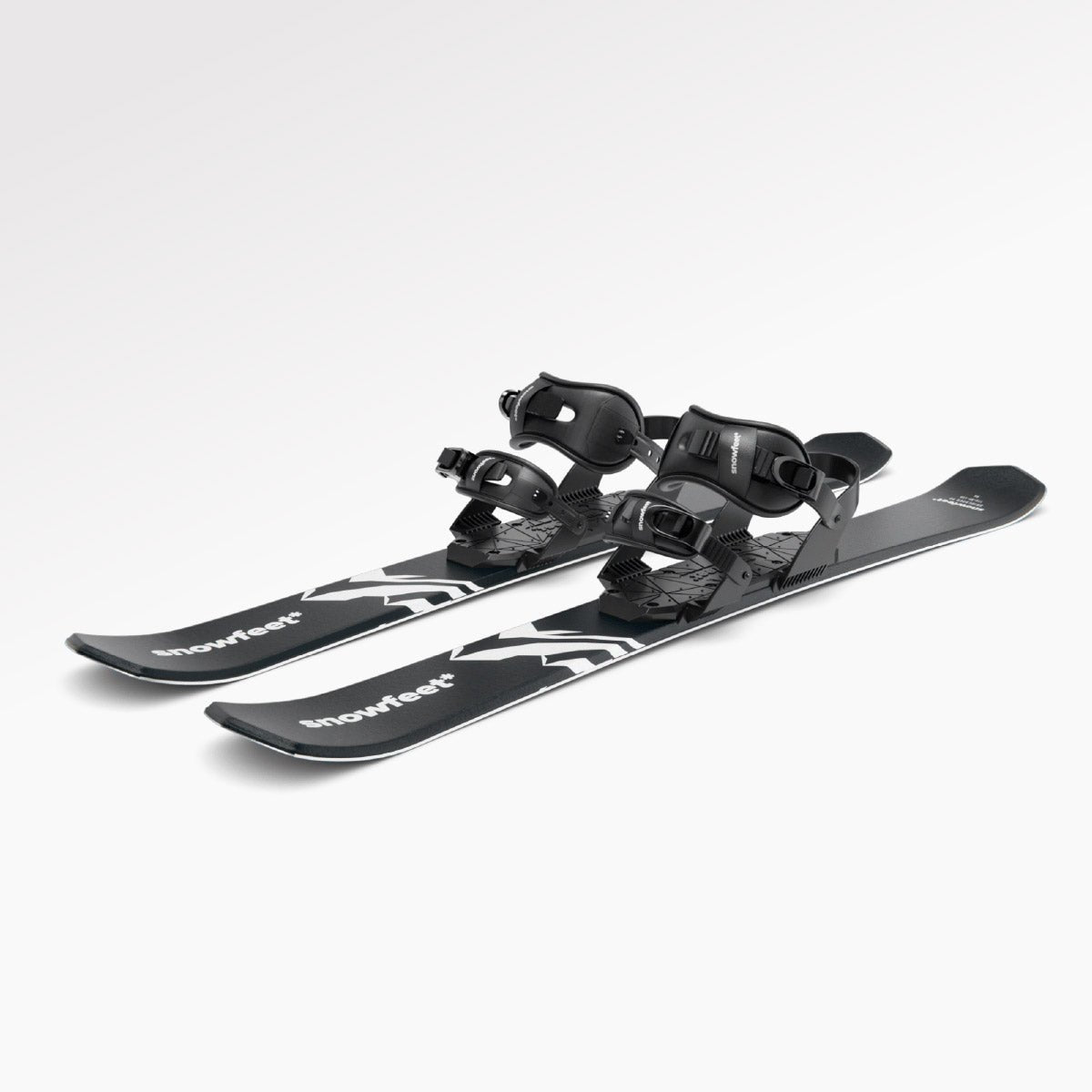
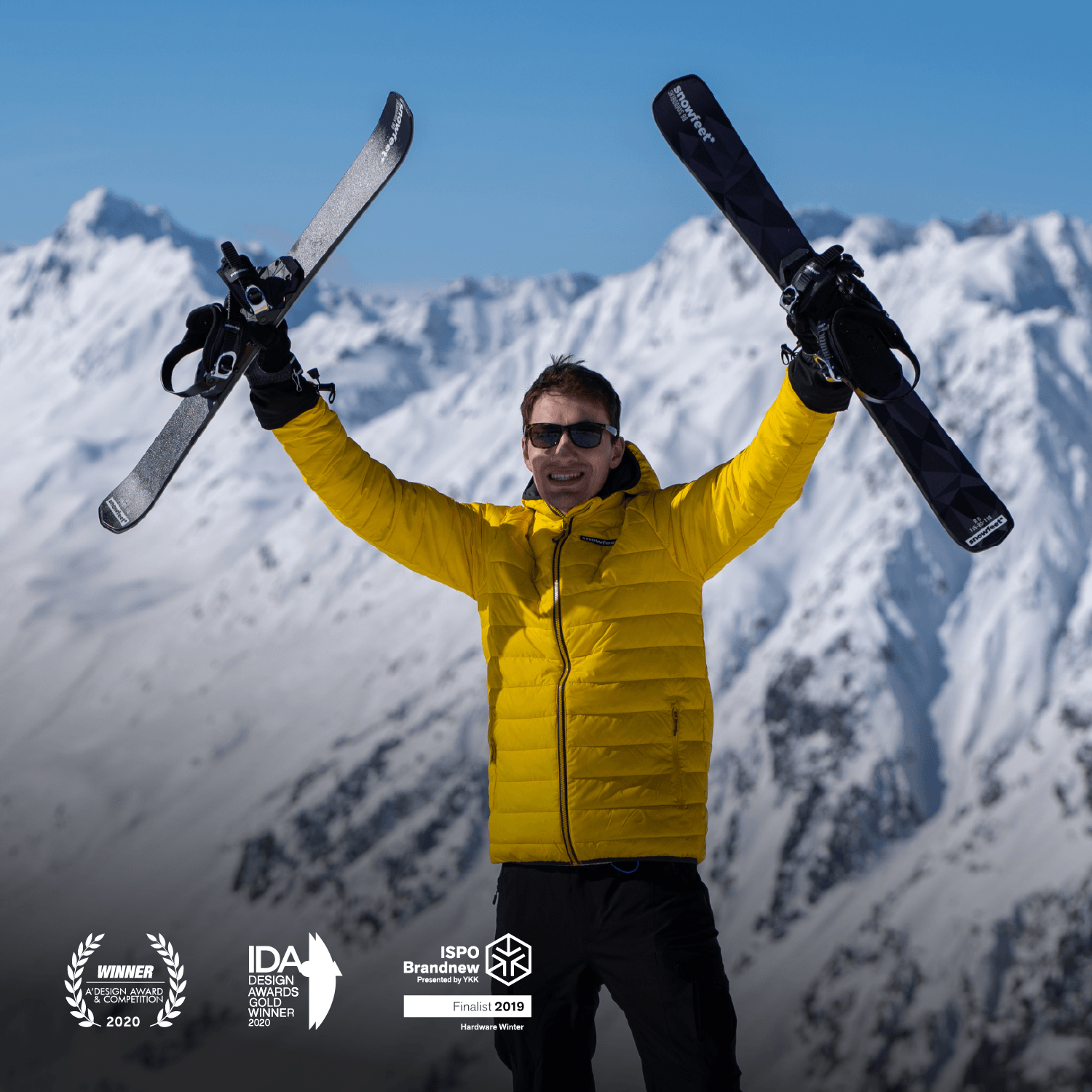
Hinterlassen Sie einen Kommentar
Diese Website ist durch hCaptcha geschützt und es gelten die allgemeinen Geschäftsbedingungen und Datenschutzbestimmungen von hCaptcha.